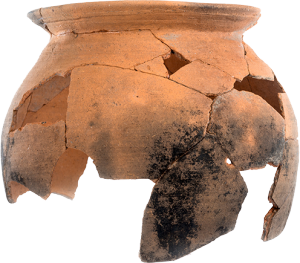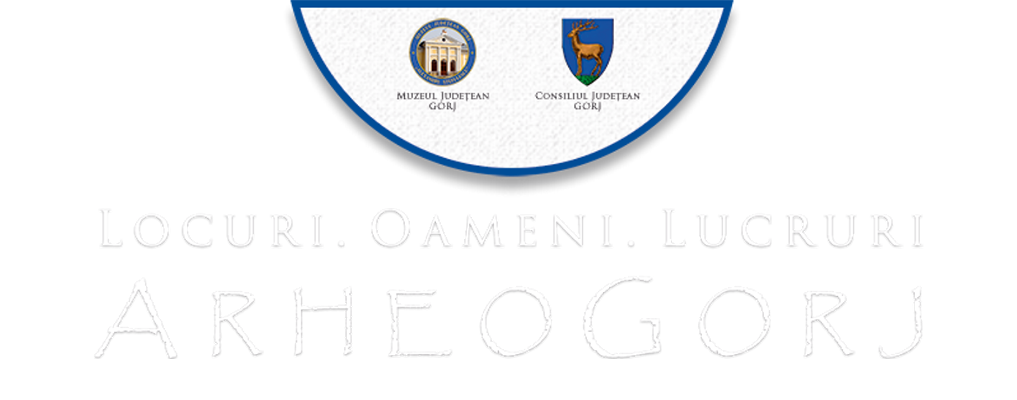
 The findings from this point have unveiled historical remains dating from two distinct stages of human habitation. The oldest can be attributed to the Getic culture from the Second Iron Age and consists in remains of a large hut and several pits, out of which some were used for supply storage. After degradation, the pits were filled with domestic waste (pottery fragments, adobe, clay used for fireplace repairing).
The findings from this point have unveiled historical remains dating from two distinct stages of human habitation. The oldest can be attributed to the Getic culture from the Second Iron Age and consists in remains of a large hut and several pits, out of which some were used for supply storage. After degradation, the pits were filled with domestic waste (pottery fragments, adobe, clay used for fireplace repairing).
The last stage belongs to a scattered Middle Age village occupying the river valley. It was a small rural agricultural community, one of the villages developed in the area since the age of Mircea cel Bătrân and during the following period. Although a small community, it was connected to the communication routes of its time, fact reflected by the commercial trades, both with the Byzantine world at the mouths of the Danube (fact stressed out by the glazed ceramics), as well as with Transylvania.
The initially unknown site contributes in a certain extent to a better knowledge of the Getic and Medieval habitation of North-Western Oltenia.
Exhibit 4
Archaeological materials characteristic to Getic civilization
- Bowl fragment; Getic culture
- Vessel fragment; Getic culture
- Vessel fragment; Getic culture
- Fireplace fragments; Getic culture
Exhibit 5
Archaeological materials dated to Medieval Period
- Whetstone fragment; Medieval Period (sec. XIV-XV)
- Jug fragment; Medieval Period (sec. XIV-XV)
- Bowl fragment; Medieval Period (sec. XIV-XV)
- Pitcher fragment; Medieval Period (sec. XIV-XV)
- Jar vessel fragment; Medieval Period (sec. XIV-XV)
- Jar vessel fragment; Medieval Period (sec. XIV-XV)
- Jar vessel fragment; Medieval Period (sec. XIV-XV)
- Jar vessel fragment; Medieval Period (sec. XIV-XV)
- Jar vessel fragment; Medieval Period (sec. XIV-XV)

